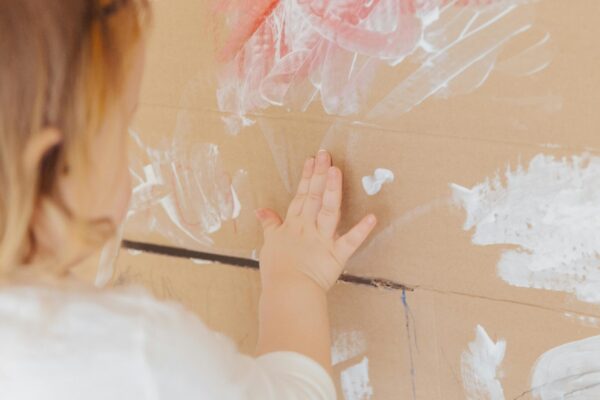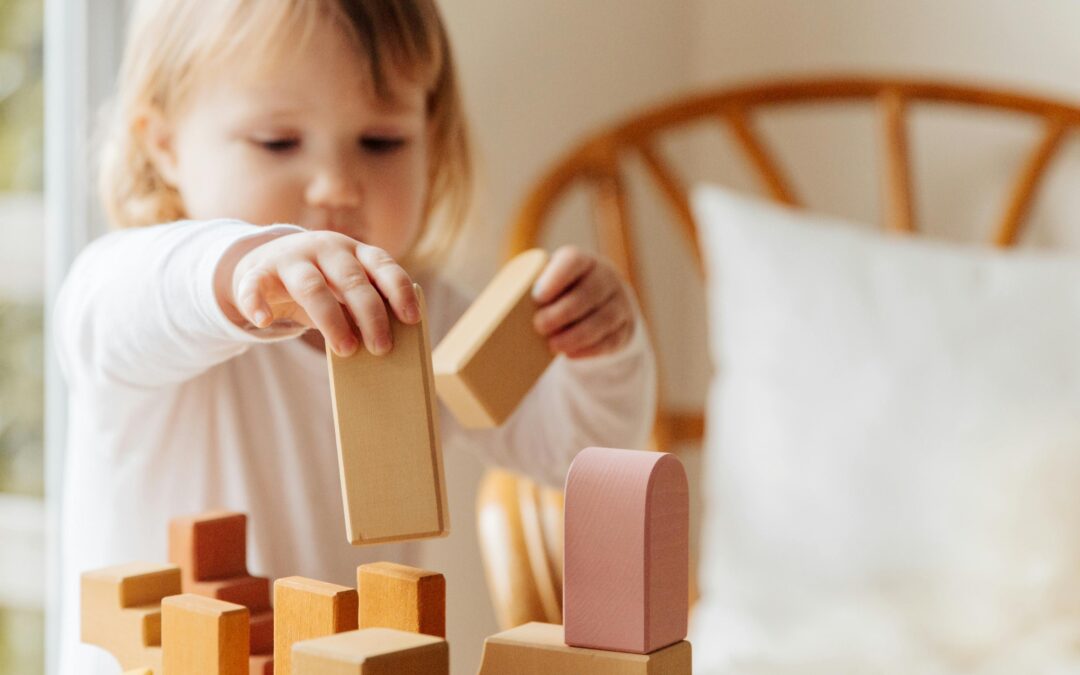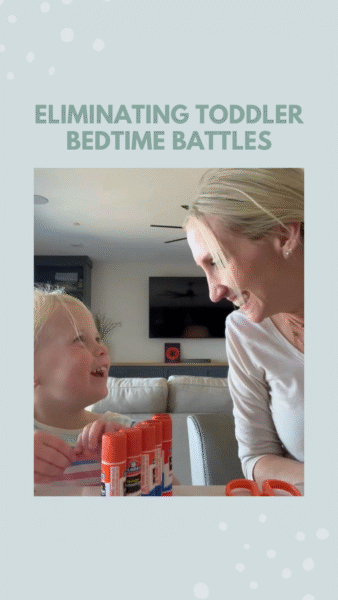Are you frantically googling all the “back to school sleep tips”? Been there.
Summer is amazing for all the right reasons—long days, late nights, family vacations, ice cream after dinner, and spontaneous fun that would make any Pinterest board jealous. But once back-to-school season hits, all that freedom can start to feel like… chaos. If your child’s sleep schedule has gone completely off the rails, you are definitely not alone.
The good news? It’s absolutely possible to reset sleep and get back into a healthy rhythm before the school year kicks into high gear.
Whether your child is starting preschool or heading into kindergarten, you can make changes that will help them feel rested, happy, and ready to learn. Here’s how to ease the transition without tears (theirs or yours).
Create a Calm-Down Plan That Works
Keep Sleep-Friendly Extras in Mind

Start the Reset with Bedtime
You don’t need to overhaul everybody’s schedule overnight—trust me, that’s a recipe for cranky mornings and bedtime meltdowns. Instead, start by moving bedtime earlier in small, manageable chunks. Try shifting it 15–30 minutes every few nights until you’re back to your ideal bedtime.
If your little one has been staying up way too late all summer (hello, 10 p.m. campfire marshmallow sessions), it’s okay to take this slow. The goal is a sustainable shift, not a shock to the system.
A helpful trick? Anchor bedtime with the same predictable steps every night: bath, PJs, brush teeth, books, bed. This repetition cues the brain that it’s time to wind down, even if the sun is still peeking through the curtains.
If your child fights the routine, try letting them choose the book or pick which pajamas to wear—small choices give them a sense of control while still keeping the structure in place.

Reinforce Daytime Rhythms
Believe it or not, sleep quality starts long before bedtime. The way your child spends their day has a direct impact on how easily they’ll fall asleep and stay asleep at night.
Get them outside for at least an hour of fresh air and natural light daily. Outdoor play helps regulate the body’s circadian rhythm, making it easier for kids to wind down when it’s time for bed. Pair that with plenty of physical movement—running, climbing, biking—and you’ll set them up for deeper, more restful sleep.
This is also the perfect time to tighten up your daily structure if summer has been a free-for-all. Set regular times for meals, naps (if applicable), and quiet play. A predictable rhythm during the day helps kids’ bodies anticipate what’s coming next, including bedtime.

Create a Calm-Down Plan That Works
If bedtime has turned into a nightly battle over the summer, now is the time to reset the tone. Think of your evening routine as a gentle landing—you’re bringing your child’s energy level down, step by step.
Some ideas that work wonders:
- Turning off screens at least 1 hour before bed (blue light can mess with melatonin production).
- Playing soft background music or using a sound machine
- Doing gentle stretches or yoga poses together.
- Offering a warm bath followed by a short foot or hand massage.
- Reading a few favorite books under a cozy blanket.
These cues tell your child’s nervous system it’s safe to rest, and over time, they’ll start to associate these activities with sleepiness.
Make It Visual (Especially for Younger Kids!)
Toddlers and preschoolers thrive on routines they can see. A simple bedtime chart with pictures—bath, pajamas, brush teeth, pick a book, get tucked in—gives them a clear, concrete “roadmap” to bedtime.
The bonus? Many kids love checking off each step, which can turn resistance into excitement. You can print this toddler bedtime visual schedule and tape it to the wall next to their bed. It is 100% customizable to the components of YOUR bedtime routine. All you need to do is print it and cut and paste the visuals (pictures) that apply to your child’s bedtime routine.
Click here to check out Nolan’s bedtime visual schedule on Instagram!
Keep Sleep-Friendly Extras in Mind
Sometimes small changes make a big difference:
- Blackout curtains can block evening sunlight and help with early-morning wakings.
- White noise machines can drown out household sounds, especially if siblings go to bed at different times.
- A consistent sleep environment—same bed, same comfort item, same lighting—signals safety and helps your child drift off faster.
Embrace the Reset, Even If It’s Not Perfect
The goal isn’t perfection—it’s progress. If bedtime ends up later than you planned or your child needs extra help falling asleep, that’s okay. Consistency and calm are the name of the game.
Remember: one late night or skipped step in the routine won’t undo all your hard work. Keep showing up, keep modeling good sleep habits, and your child’s body will gradually adjust.

Want More Support?
Our 2–5 Years Content Library is packed with practical tips, troubleshooting help, and real-life solutions that work—whether your child is dropping their last nap, waking too early, or struggling to settle at night.
And if you’re feeling stuck or overwhelmed, our consultants are here to help! We offer personalized sleep consultations that are completely judgment-free and tailored to your family’s needs.
Better sleep is 100% doable—even after a summer of chaos. Let’s reset together.


